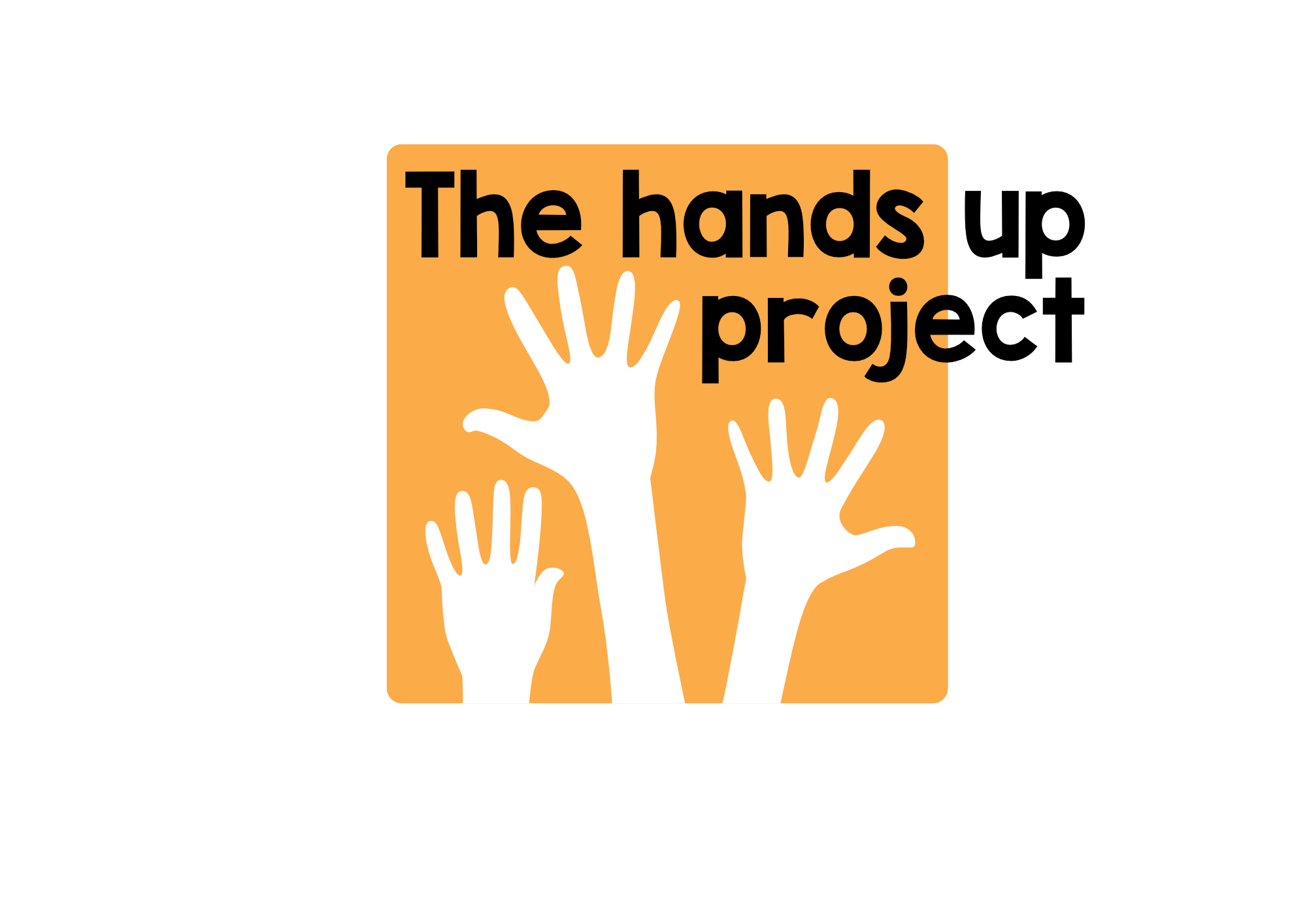Maximising the learning potential of 'Show and Tell'
'Show and Tell' has become one of the Hands Up project's core online activities. It's fun, communicative, and potentially very motivating for learners, especially if it involves interaction between young people who live in different contexts around the world. It can also be very effective as a means to promote language development. Here are some ways to maximise its learning potential.
Encourage learners to prepare extensively for the experience.
This could involve looking up key words that they're going to need, asking their parents or teachers for help, or practising saying what they're going to say until they feel comfortable with it.
Encourage learners to prepare a slide with some key information on it.
Writing things down can help to make new language stick. It can also make things clearer to learners of English in other contexts who may speak a different variety of English.
Have a particular theme for the session.
This could be food, my favourite place, my dream job etc. This may mean that areas of language get repeated and recycled throughout the session, and may also make the session feel more connected (and the learners more connected to each other)
Ask the learners to tell everyone their topic beforehand and invite questions.
This could be done by asking them to change their name on zoom to include their topic (Farah - my trophy, Samuel - my pet dog etc). Everyone then uses the chat on zoom to ask individual questions to the others (What did you win the trophy for? How did you feel when you won it? What is your pet dog like? How old is it? etc) The learners then try to answer the questions in the talks that they give.
Ask everyone to do their talks first in pairs or small groups in breakout rooms.
This can be very useful as a practice stage, they can discover how well they are getting their message across, and the listener's questions can make their talks richer when they do them again. To really encourage everyone to listen to each other you could ask everyone to talk about their partners object instead of their own in round two.
Encourage the learners to take the initiative about who goes next.
They could end their talks by saying 'Does anyone have a similar object? Or a similar experience? What sports do you do in your country? Again this can add to the feeling of connectedness in the session?
Review the language used.
Make a note of some useful pieces of language which are used by the learners in their talks, perhaps upgrading them to make them more accurate and or sophisticated. At the end of the session share these on a slide and ask everyone to try to remember who said what? For instance in the video below one of the 16 learners (Joudie, Samuel, Jossaline, Yara, Arial, Jonatan, Karina, Linda, Zaina, Emily, Noe, Rima, Hadeel, Vanessa, Nagham, Farah) said each of the following:-
It was given to my brother.
This was the first time I visited Jerusalem. We enjoyed it so much.
I wanted to go there because my mother wanted to go there when she was young.
It's very dear to me. When I see it I just remember my dad.
My mum and dad were so proud of me.
He's very loving and cute. He works taking care of the house.
I did it on my tablet.
It was the first time I smiled in a photo. I'll show it to my children when I grow up.
They have a special meaning because they remind me that I need to follow my dream.
It took me two or three days to do it.
I love it so much because it reminds me of the beautiful cities in our country.
It was given to me by my school after we finished a project.
I got it from my older sister when she got married and moved away.
It has an important and special meaning for me.
Here are some pictures of the lives of the people.
She's very playful and active.
You could also use this as a listening exercise with learners who didn't take part, as a way to encourage them to focus on some useful language and take part in future sessions.
